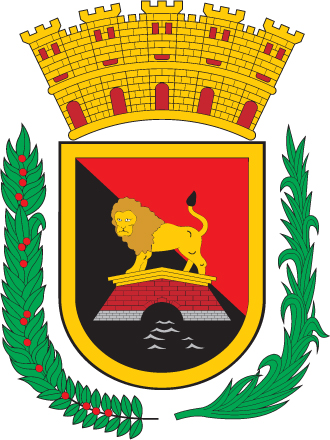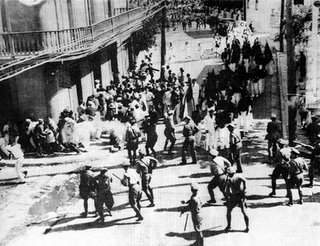Written by Sam Turner
St. Augustine Lighthouse & Museum
OCTOBER 13, 1513 — O Antón de Alaminos and the caravel San Cristóbal, tasked with continuing the search for the island of Bimini, had parted company with Juan Ponce de León and the remaining caravels Santiago and Santa María de la Consolación at the island of Guatao on Sept. 17. Shortly thereafter, Juan Ponce and his two ships departed the Lucayan islands. Along with them went Diego Miruelo and his shipwrecked crew, who were suspected of spying on the expedition and acting under the orders of Diego Columbus, Juan Ponce’s principal political enemy and the governor of the New World. Clearing the islands, Ponce and his ships headed southeast on a course for the island of Puerto Rico and home. They arrived in San Juan, Puerto Rico, 21 days later.
Juan Ponce and the men on his two ships had been gone for approximately seven-and-a-half months. Every mariner’s heartfelt desire after such a long absence was likely a happy and joyous homecoming with friends and family. However, this was not to be. What greeted them instead was a vision of destruction and war. The town of Caparra, founded by Ponce in 1506, had been attacked and burned by the neighboring Carib Indians who had previously formed an alliance with some of the Taino Indians of Puerto Rico in 1511. This Carib attack initiated what became known in Puerto Rico as the “second war” to distinguish it from the 1511 Taino uprising.
Juan Ponce’s wife and family had survived the attack as had most of the inhabitants of Caparra but at least 29 houses had been burned to the ground. The church had been looted of its silver ornaments before being burned along with the library of the newly arrived bishop, Alonso Manso. As if this new state of war was not enough, and to make matters worse, Ponce learned that Diego Columbus was now resident in Puerto Rico.
On May 22, as Juan Ponce’s fleet had been approaching the west coast of Florida, Diego Columbus on the island of Española had been putting the final touches to his expedition to Puerto Rico. Columbus arrived at the port of San Germán on June 2, 1513. He had come to Puerto Rico to personally take charge and place the island under his jurisdiction.
The burning of Caparra by the Caribs began a string of Spanish attacks against the Taino though not necessarily against only those who had participated in rebellion. These attacks were authorized by Diego Columbus and usually took the form of cavalry raids known as cabalgadas. These raids quickly became a means of obtaining slaves for working the mines, ranches and farms of the Spanish on Puerto Rico.
Flush with success, Juan Ponce had returned from what would turn out to be one of the most important voyages of discovery in history only to find his settlement of Caparra in ruins and his arch-rival Diego Columbus sitting on the wreckage of his dreams. Puerto Rico, which Ponce had started as a new and peaceful settlement in 1506, had not only been taken from him, it had been ruined by the same Spanish practices he had grown to dislike on the island of Española. Now with Diego Columbus present on the island, Ponce had even less authority than when he had first been removed from office. He had to get back to Spain and the King’s court. There he would obtain satisfaction and title commensurate with his accomplishments. There he would receive his reward for loyal service to the king. But where was the San Cristóbal? Would Antón de Alaminos find Bimini?




